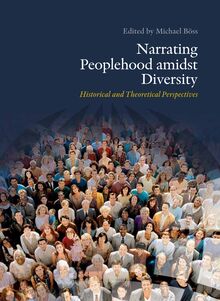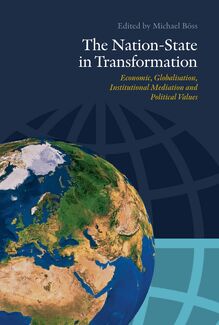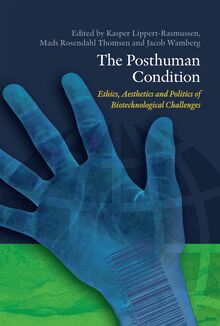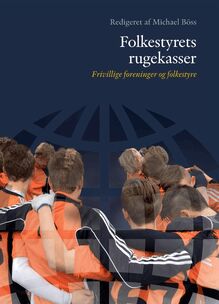The Posthuman Condition , livre ebook
228
pages
English
Ebooks
2012
Obtenez un accès à la bibliothèque pour le consulter en ligne En savoir plus
Découvre YouScribe en t'inscrivant gratuitement
Découvre YouScribe en t'inscrivant gratuitement
228
pages
English
Ebooks
2012
Obtenez un accès à la bibliothèque pour le consulter en ligne En savoir plus
Publié par
Date de parution
10 mai 2012
Nombre de lectures
2
EAN13
9788771240696
Langue
English
Poids de l'ouvrage
5 Mo
These are but a few of the perplex questions facing scientists as a result of the increasing ability of technology to change biology and, in turn, profoundly change human living conditions. This development has created a new posthuman horizon that will influence contemporary life and politics in a number of ways.
The Posthuman Condition addresses the challenges of:
- Imagining a society where the properties of humans have shifted radically
- Assessing the scope of deploying technologies that are already underway
- Basing decisions on an ethical foundation that does not entail a concept of human nature
- Ascertaining the types of political action that can and should be taken in the face of this situation
- The anthology brings together researchers from a wide range of disciplines: biotechnology, medicine, ethics, politics, and aesthetics, and among contributors are Francis Fukuyama, Julian Savulescu, Maxwell Mehlman, John Harris and Chris Hables Gray.
Publié par
Date de parution
10 mai 2012
Nombre de lectures
2
EAN13
9788771240696
Langue
English
Poids de l'ouvrage
5 Mo




